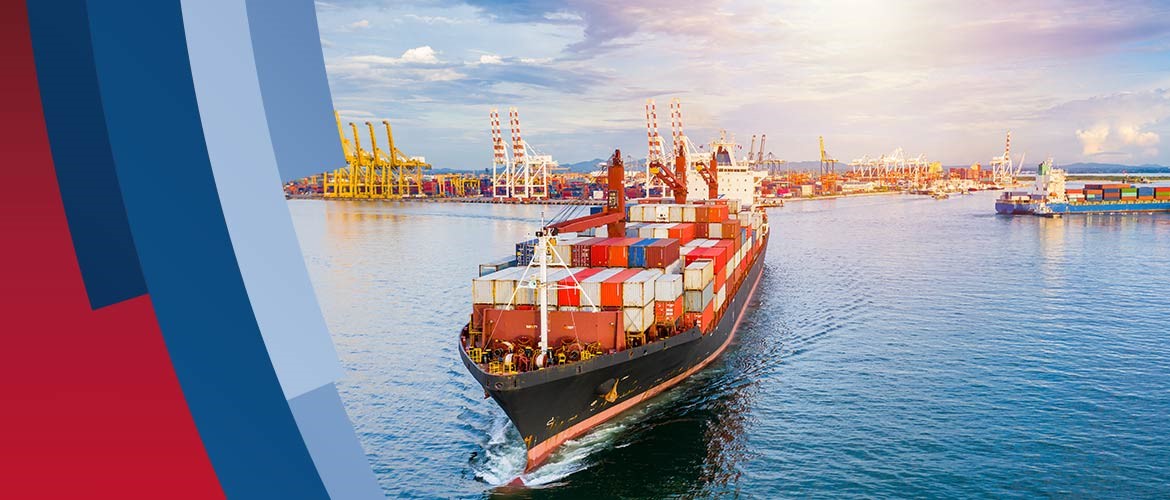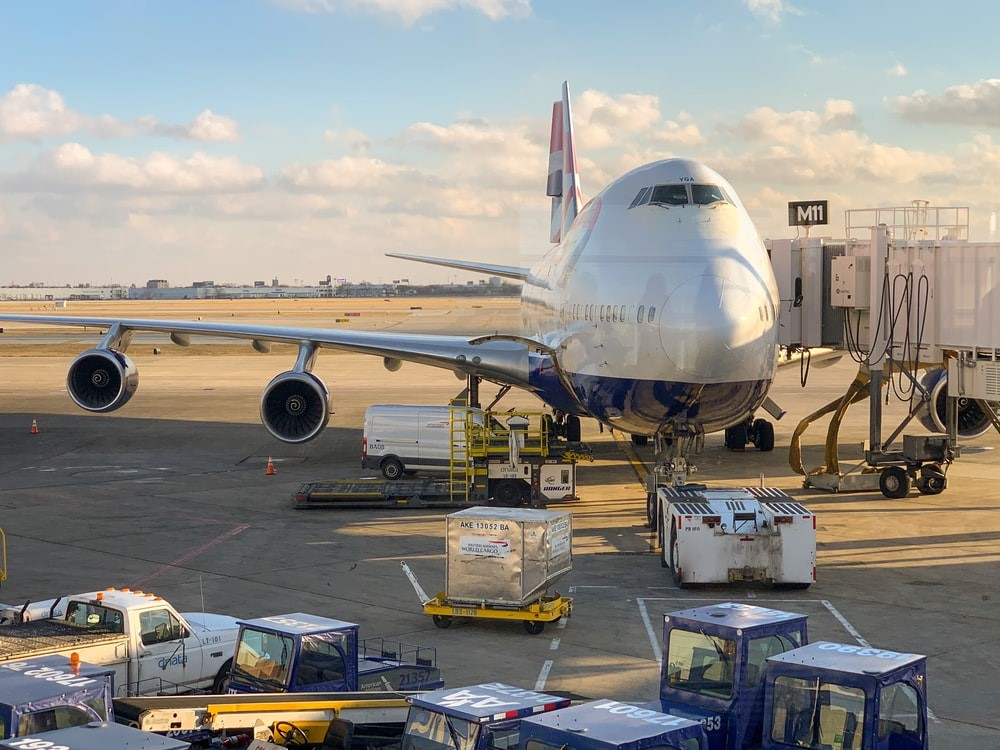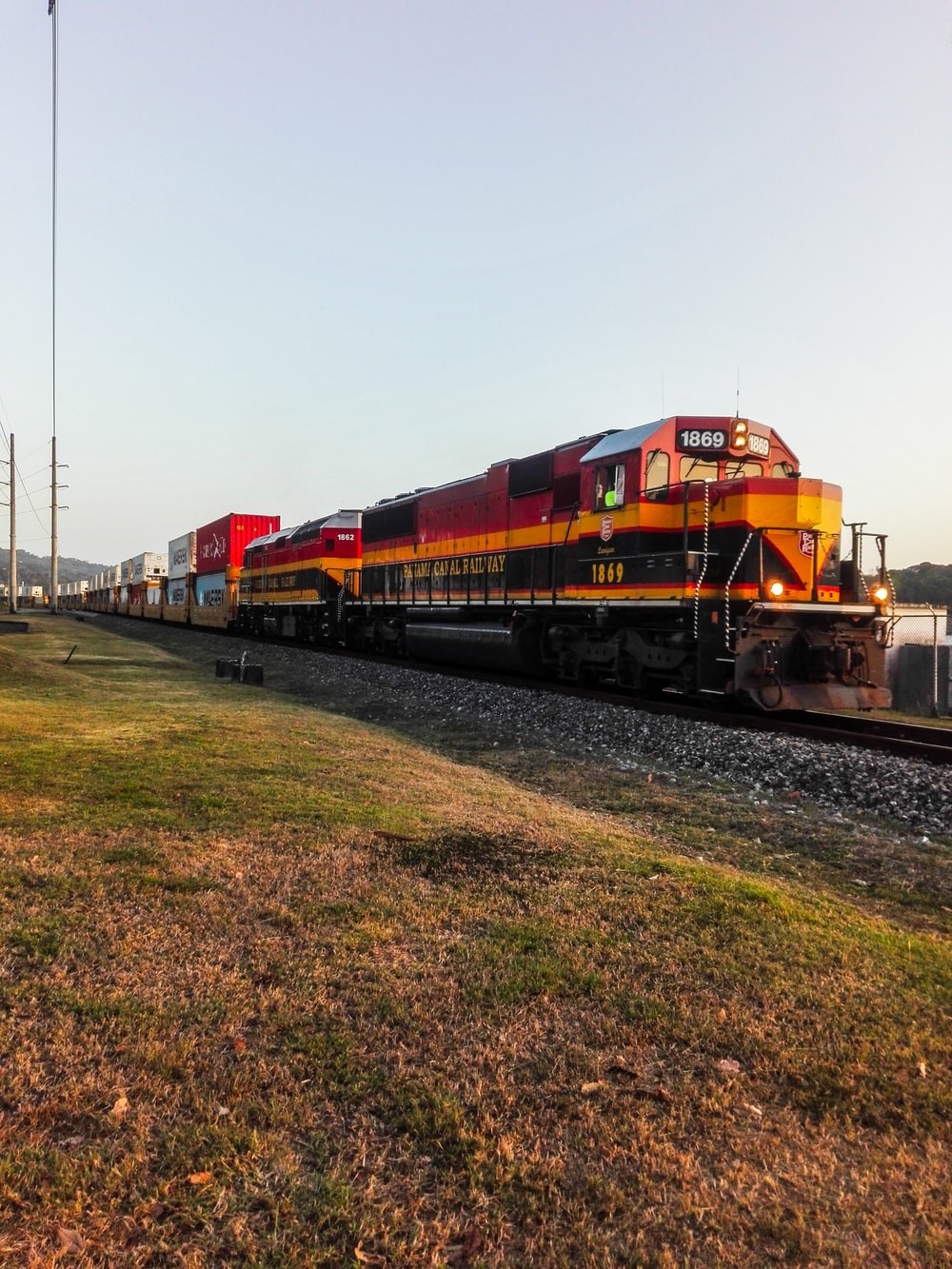The transportation and logistics (T&L) industry is currently undergoing immense change, especially due to the ongoing pandemic. This increases both risks and opportunities, such as new technology, new expectations, new market entrants, and novel business models.
As consumers become used to efficient delivery, and with more retailers providing fast and free shipping opportunities, logistics companies are beginning to recognize the need to adapt to the increasing delivery pressures that strongly govern consumer preference and expectations. This will eventually transform the entire dynamics of the supply chain. With a rise in e-commerce, it is possible that companies will need to adjust their business models to facilitate free, fast, and convenient delivery to meet customer demand.
This article will discuss how the logistics sector is incorporating revolutionary changes to sustain itself, including the digitization of this sector, and the impact of the COVID paradigm in the shipping industry.
Different Modes of Freight Forwarding and Logistics
Transportation of goods and logistics are highly diverse and multifaceted industries. There are four main transportation methods to transport logistic shipments – truck (road), ship (maritime), train (rail), and plane (air). There are various differences between each method, in terms of price, transit distance, and shipped commodities, etc.
Even though each method has its benefits and is extremely significant for the industry, but you need to carefully analyze, which mode of transportation is suitable for your business. At times, choosing how to transport goods can be challenging, especially for new global or domestic shipping.
So in this section, we break down each transportation mode and discuss its positives and negatives.
Maritime Shipping
Ocean shipping or maritime shipping is the most common and regularly used method used by mid-sized and large businesses for transporting bulky goods overseas. The cargo is arranged in containers that are loaded onto barges or ships.
Ocean shipping works best for shipments that need to be transported over a distance of more than 400 km. It also works best for hazardous, oversized, weird-shaped, and liquid freight. When compared to air transport, this method is highly cost-efficient but lags in terms of speed.
Air Shipping
This is probably the fanciest shipping mode but it is a reliable, and exceptionally quick method to transport the cargo. It is the ideal option for light companies and retail industries. Specialized aircraft are available for handling hefty cargo; however, general planes are not capable of handling oversized cargo of unusual shape.
But, with extra speed comes an extra price. Because of the higher cost, air transport is commonly used by larger companies, even though small businesses also use it often.
Truck Shipping
Over-the-road transportation or truck shipping is probably the most frequently used and in-demand method for moving freight. It is suitable for everyone, small, medium, and large enterprises.
Road transportation also offers a wide range of equipment and shipping methods, the two main types being full truckload (FTL) and less-than-truckload (LTL). Full truckload shipping uses a single shipper who loads the truck to full capacity and transports the entire freight. Less-than-truckload shipping involves several shippers who partially use the trailer.
Moreover, this mode of transport features many different types of trailers for various shipping needs, such as flatbed, dry van, and refrigerated. A business can easily obtain a freight quote from a carrier and select the required equipment.
Train Transportation
Rail or train transportation is more eco-friendly and cheaper than truck shipping. It is mostly used for transporting pre-planned goods over long distances. The rates are also economical and much lower than truck shipping because of three reasons; the price per large load is low, it doesn’t make routine stops, and utilizes minimal fuel.
Intermodal and Multimodal Transport
Normally, intermodal and multimodal shipping implies a combination of rail, road, air, or ocean, for a single shipment. Substantial investments in intermodal transportation in the past ten years have transformed it into a more cost-effective, reliable, and service-oriented mode of transport.
Intermodal and multimodal transportation solve the problem of shipping cargo over long and complicated routes. The difference between these two methods is that multimodal transport requests separate bills from all carriers, while intermodal transport is conducted under one bill. Both modes are extremely beneficial in terms of flexibility and price.
Rapid Growth and Digitization of Shipping – Is It the Future?
As major logistic companies move towards digitalization in efforts of improving the proficiency of their tasks, digital freight forwarders intend to make things easier for those considering logistics solutions. These individuals utilize their own established platform to immediately link shippers and carriers, momentarily simplifying the relationship between them and removing the middle man.
Freight forwarders provide their customers with the opportunity to get hold of a solution provider not by brand/company name, but by the trucks that are accessible on their platform. So in theory, this makes the process of booking a full truckload (FTL) delivery quite easier.
Currently, there isn’t clear domination in the logistics market and a lot of competition is emerging as more businesses move towards digital support. Hence, it’s extremely important for freight forwarders and logistics players to embrace these new advancements so that they can position themselves ahead of the market’s competition.
What Makes Digitization so Appealing?
The digital marketplace phenomenon and the rise of e-commerce also termed as ‘The Amazon Effect’, have drastically altered consumer expectations and buying behavior. Consumers are now looking for fast, free shipping at competitive pricing. This creates a very demanding delivery schedule for companies and poses many challenges which traditional logistic companies and supply chain models cannot cope with. Hence, businesses are now feeling forced to modify their strategies and provide the low-cost on-demand delivery services that consumers are now expecting.
The main advantages of digitalization in the freight industry are as follows:
Minimized Chances of Error
Machines and automated systems are less likely to make the same errors as human beings. Logistics software is meant to streamline rates and contracts management and ensure that sales can be boosted with minimal mistakes.
Multichannel Sales
Online sales have proved to generate more income since they involve more closed deals at reduced costs. The current scenario demands freight companies to open other sales channels so that they can keep with growing trends and grow their business.
Added Value and Differentiation
Logistic companies can integrate new features by using technology that adds value to their offers and puts them a step ahead of their competitors. Many traditional logistics companies are providing similar services, but new players and startups are introducing various different values and taking over the current market.
Effective Association with Customers
Engaging and gaining customer loyalty determines whether a business will grow or fail. Introducing customers to digital channels helps build long-lasting relationships by talking to many customers simultaneously and providing efficient treatment.
Enhanced Customer Experience
Customers tend to remember a good experience over a bad or an average one. Every new startup and digital player knows this very well and always takes advantage of it. This is why traditional businesses need to up their game and enhance their customer experience for competing at the same level.
For instance, freight forwarders must not spend days or weeks sending quotes to customers. Instead, they must computerize these tasks and speed up these processes to improve their customer experience.
Post COVID-19 Paradigm in the Shipping Industry
Evaluating the impact of COVID-19 on logistics companies all over the world isn’t easy. However, preliminary data already reveals some basic outlines. According to The International Finance Corporation, this is how the pandemic impacted the freight industry in the first quarter of 2020:
Ocean Freight – Key exporters including China, Brazil, Mexico, and India, as well as key importers such as the European Union, were significantly impacted as the total container volumes handled at Chinese ports decreased by 10.1 percent during the earlier months of 2020.
Land Freight – Unlike air and ocean transport, land transport mostly remained somewhat available around the world since roads remained generally active except when there were severe lockdowns. However, trucking capacity was strained and costs were high due to the extra demand for food and medical supplies during the lockdown, along with decreased employee availability.
Air Freight – Volumes decreased by 19 percent during March 2020 as a result of the sharp decline in passenger flights that carried freight as belly cargo, along with a reduction in manufacturing in China. Since the overall decrease in capacity is higher than the net decrease in demand, higher air freight rates were unavoidable.
After analyzing the above scenario, adapting new business relationships and digitizing the process shall provide leeway. As freight forwarders cautiously embrace these emerging technologies, they can positively modify and shape the industry’s future. Moreover, a technological storm comprising of the Internet of Things (IoT), Blockchain, data science, and robotic process automation offers new opportunities for growth.
Conclusion
As is obvious, digitalization in the freight industry holds a lot of benefits for sustaining ongoing operations and jumping ahead of the current competition. And with many companies readily adopting the new technologies, it will not be long before digital transformation rules the market.
Fully automated sales and superior customer experience will eventually become the industry standard. Meeting customer expectations while staying profitable will require logistics and transport companies to embrace solutions that offer flexibility, competitive pricing, and convenience – it is time to say goodbye to conventional methods and look into the future of freight forwarding and logistics.
CATEGORY
1 on 1 Dedicated Managers
for Personalized Solutions as your very own dedicated in-house team
CUSTOMER CENTRIC
success for our customers at the heart of every action
Transparent & Trusted
clear cut processes trusted by 2000+ global sellers & brands

Amazon Seller Solutions Providers
servicing Amazon’s Global Sellers across Global Marketplaces







